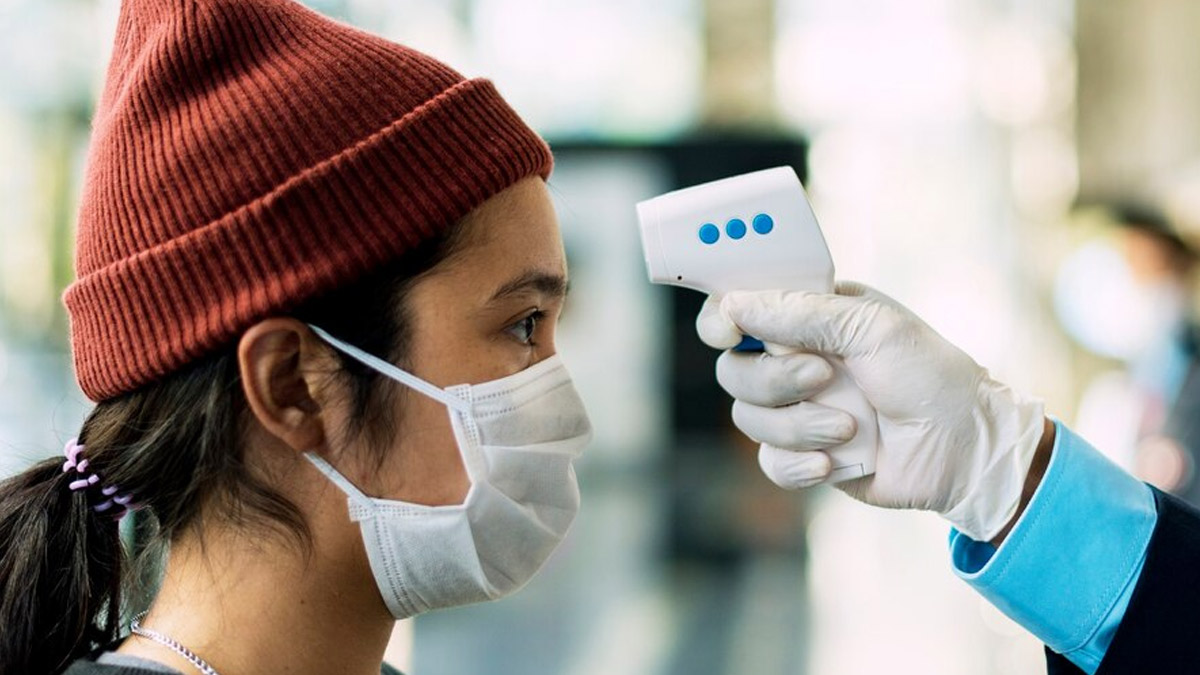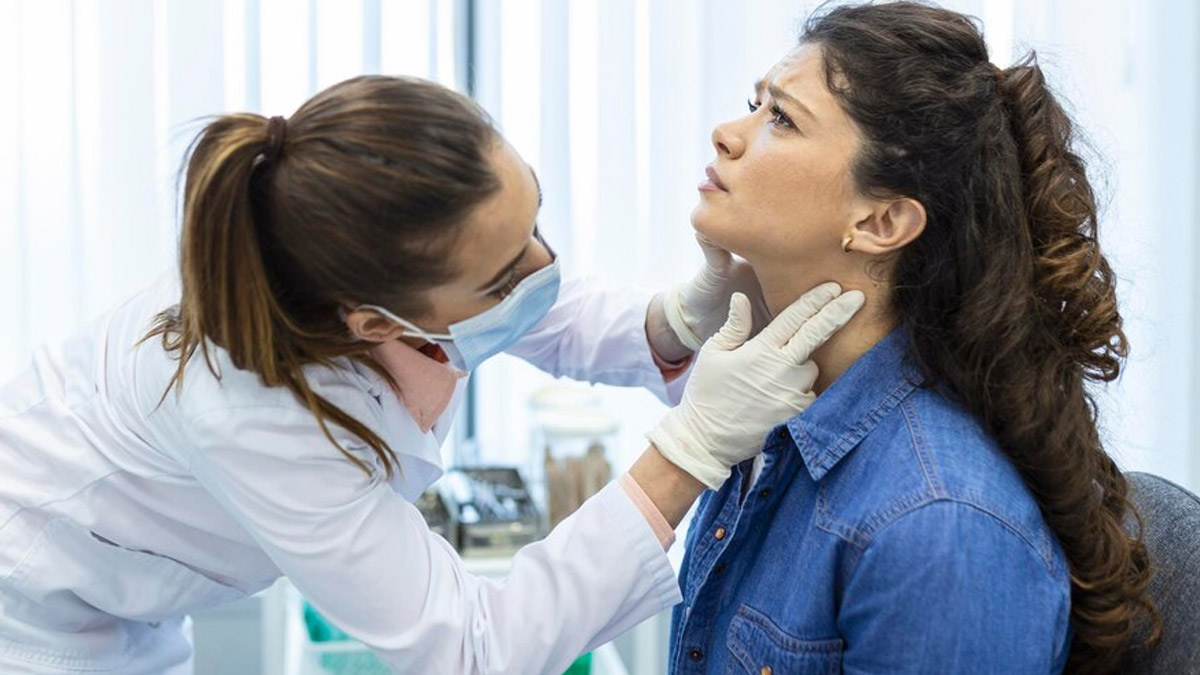
An interesting case study has come forth about a young girl who had trouble breathing out of the blue, just a few days after having COVID-19. Upon further inspection, doctors discovered that the virus had paralysed her vocal cords, making it hard for her to breathe properly.
Table of Content:-
To help her breathe, the girl had to undergo a surgery called tracheostomy, which according to the Johns Hopkins Medicine is a procedure where a small hole is made in the windpipe below her voice box, to help air reach the lungs directly.
This case is the first known instance of a teenager experiencing vocal cord paralysis after having COVID-19, although there have been reports of adults facing similar problems.
Case Study

Doctors Danielle Larrow and Christopher Hartnick from Mass Eye and Ear at Harvard Medical School explained that COVID-19 can affect the nervous system, causing various issues, and in this case, it led to vocal cord paralysis.
The teenage girl under the spotlight initially had typical COVID-19 symptoms like fever, congestion, and fatigue, which got better after five days. But nine days after testing positive, she struggled to breathe, especially when active. Even though her oxygen levels were normal, her breathing sounded blocked.
Despite receiving treatment for suspected asthma, her symptoms didn't improve. Specialists later discovered her vocal cords weren't opening properly, and she was diagnosed with vocal cord paralysis, where both cords weren't moving.
Based on their findings, the doctors suggested that her previous COVID-19 infection might have weakened and numbed her vocal cords, causing the breathing difficulties.
Also Read: Suffering From Cough And Cold Right Now? Expert Shares How It May Not Be COVID But Allergic Rhinitis
COVID-19 Causes Vocal Cord Paralysis

According to a 2022 study published in the journal Cureus, although there haven't been many reports of COVID-19 causing vocal cord paralysis, it could be more common than we think. As per the researchers from Ogaki Municipal Hospital, Japan, sometimes, doctors might not catch paralysed vocal cords thinking that the patient just has a hoarse voice following COVID’s effect on the throat.
The study found that this can happen even if the patient didn't need a tube to help them breathe during their illness.
The good news is that, like with other sicknesses caused by viruses, most people who get this vocal cord issue tend to get better on their own. But some folks might need a little extra help, like getting medicine injected into their vocal cords.
For example, another study conducted by researchers from Sakarya University, Turkey analysed the case of a 57-year-old lady who had COVID-19. Instead of the usual symptoms, like cough or fever, she started having a problem with her voice – it became hoarse.
When doctors checked her throat with a special camera, they saw that one of her vocal cords was stuck in a strange position, and there was a gap when she tried to speak. To help her, they administered a laryngoplasty and started voice therapy. Thankfully, her voice got a lot better after that.
This new case study of vocal cord paralysis in a teen girl infected by SARS-CoV-2 shows the multifaceted ugliness of COVID-19. Although studies have been conducted to understand this phenomenon, researchers are still unsure about the exact mechanism by which COVID causes vocal cord paralysis. They strongly urged that there is a crucial need for more reports and studies to understand this better.
Also watch this video
How we keep this article up to date:
We work with experts and keep a close eye on the latest in health and wellness. Whenever there is a new research or helpful information, we update our articles with accurate and useful advice.
Current Version